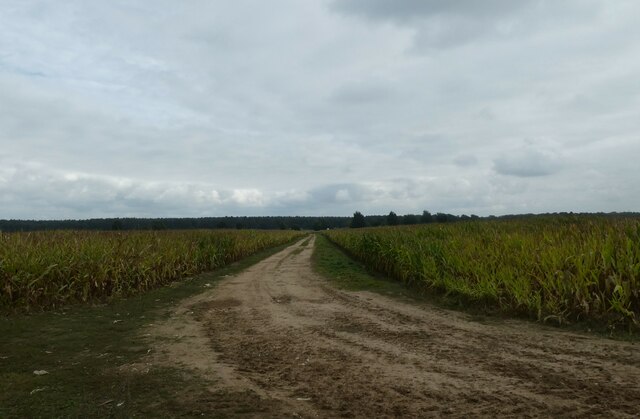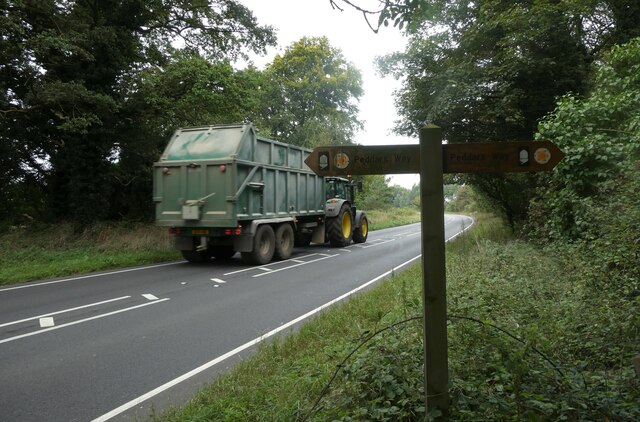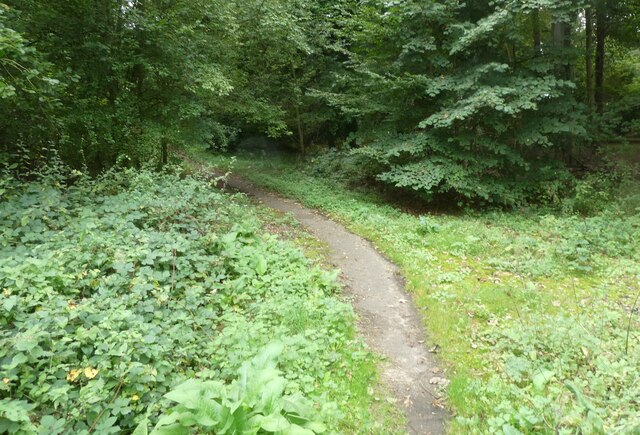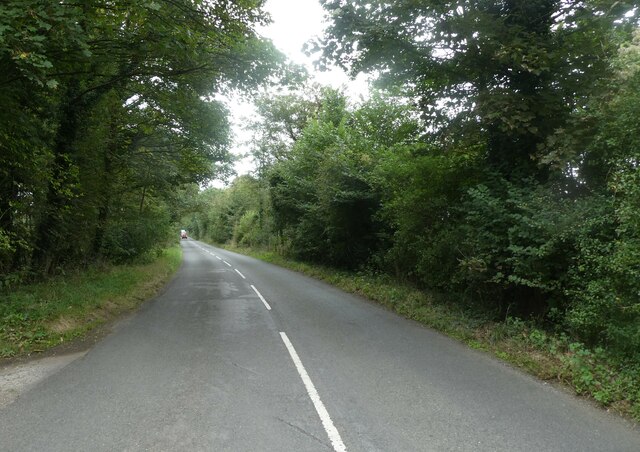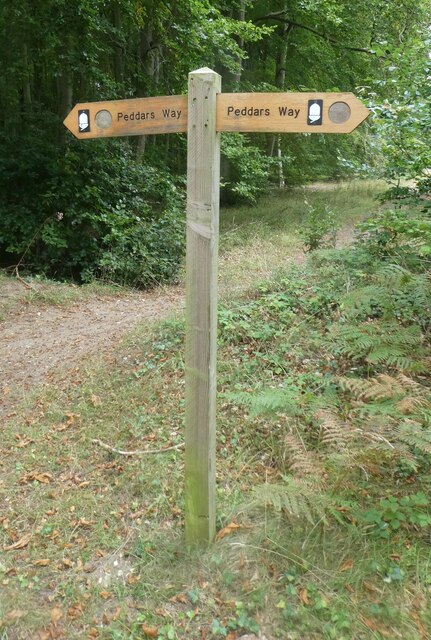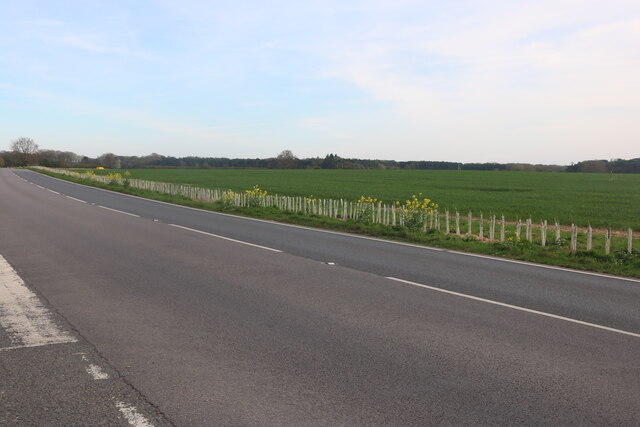Blackwater Plantation
Wood, Forest in Suffolk West Suffolk
England
Blackwater Plantation

Blackwater Plantation is a sprawling woodland located in Suffolk, England. Covering a vast area, this enchanting forest is a popular destination for nature lovers and outdoor enthusiasts alike. The plantation is named after the nearby Blackwater River, which meanders through the surrounding countryside, enhancing the picturesque charm of the area.
The plantation boasts a diverse array of trees, including oak, beech, and pine, which create a lush and vibrant canopy overhead. These trees provide a habitat for an abundance of wildlife, making it an ideal spot for birdwatching and animal spotting.
Visitors to Blackwater Plantation can explore the numerous trails that wind through the forest, offering a variety of picturesque views and tranquil settings. The well-maintained paths cater to walkers, joggers, and cyclists, ensuring that everyone can enjoy the beauty of the plantation at their own pace.
In addition to its natural beauty, Blackwater Plantation offers several amenities for visitors. There are picnic areas scattered throughout the forest, providing a perfect spot for a leisurely lunch or a family gathering. The plantation also features a visitor center where guests can learn more about the history and ecology of the area.
Overall, Blackwater Plantation is a haven of natural beauty, offering a peaceful retreat from the hustle and bustle of everyday life. With its diverse flora and fauna, well-maintained trails, and visitor facilities, it is a must-visit destination for anyone seeking a serene and immersive woodland experience.
If you have any feedback on the listing, please let us know in the comments section below.
Blackwater Plantation Images
Images are sourced within 2km of 52.397301/0.85462233 or Grid Reference TL9481. Thanks to Geograph Open Source API. All images are credited.

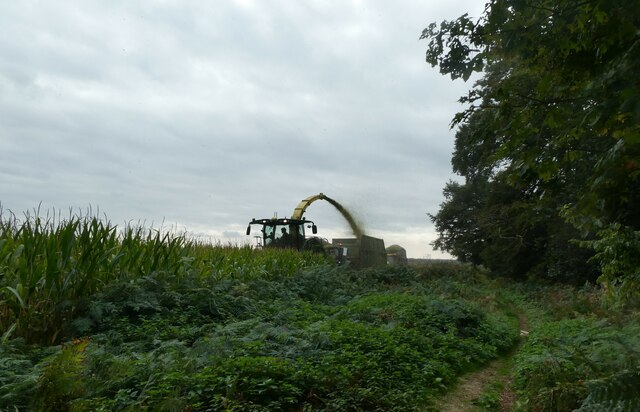
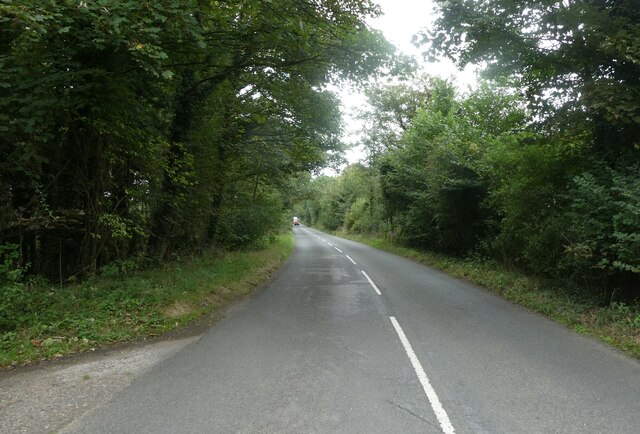

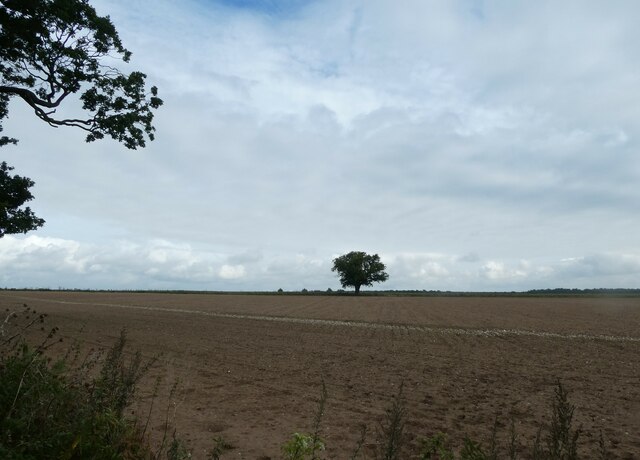
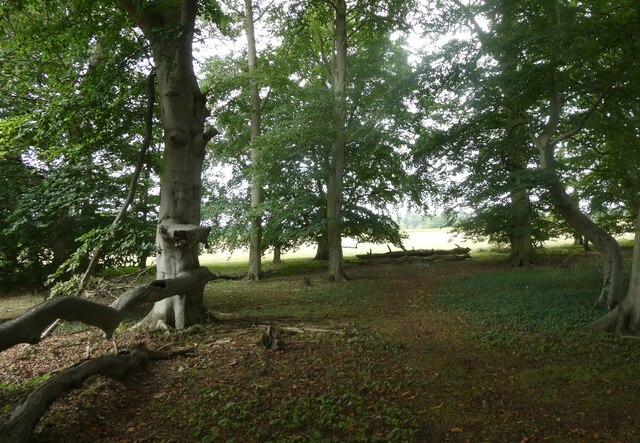
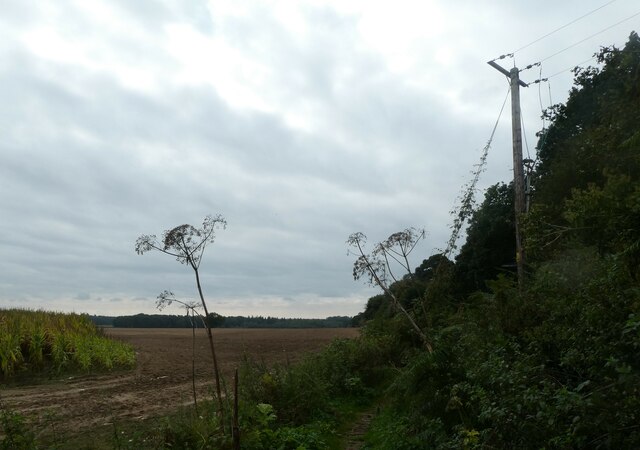
Blackwater Plantation is located at Grid Ref: TL9481 (Lat: 52.397301, Lng: 0.85462233)
Administrative County: Suffolk
District: West Suffolk
Police Authority: Suffolk
What 3 Words
///expired.seducing.thumbnail. Near East Harling, Norfolk
Nearby Locations
Related Wikis
Knettishall Heath
Knettishall Heath is a 91.7-hectare (227-acre) biological Site of Special Scientific Interest west of Knettishall in Suffolk. A larger area of 176 hectares...
Iceni Way
The Iceni Way is a collective name for several long-distance footpaths running from Knettishall Heath to Hunstanton via the Little Ouse and Great Ouse...
Rushford, Norfolk
Rushford is a small village in the English county of Norfolk. It is situated on the north bank of the River Little Ouse, 3+1⁄2 miles (5.6 km) east of the...
Shadwell Court
Shadwell Court, Brettenham, Norfolk, England is a country house dating originally from the 18th century. Built for the Buxton baronets, the house was massively...
Brettenham, Norfolk
Brettenham is a village and civil parish in the English county of Norfolk. It covers an area of 26.37 km2 (10.18 sq mi) and had a population of 475 in...
Riddlesworth Hall
Riddlesworth Hall is a country house, and was formerly used as a boarding school. It is located in Riddlesworth, Norfolk, England. == History == It was...
Riddlesworth
Riddlesworth is a civil parish in the English county of Norfolk. It covers an area of 8.26 km2 (3.19 sq mi) and had a population of 147 in 48 households...
Bridgham
Bridgham is a village and civil parish in the English county of Norfolk. It covers an area of 11.06 km2 (4.27 sq mi) and had a population of 328 in 130...
Have you been to Blackwater Plantation?
Leave your review of Blackwater Plantation below (or comments, questions and feedback).


